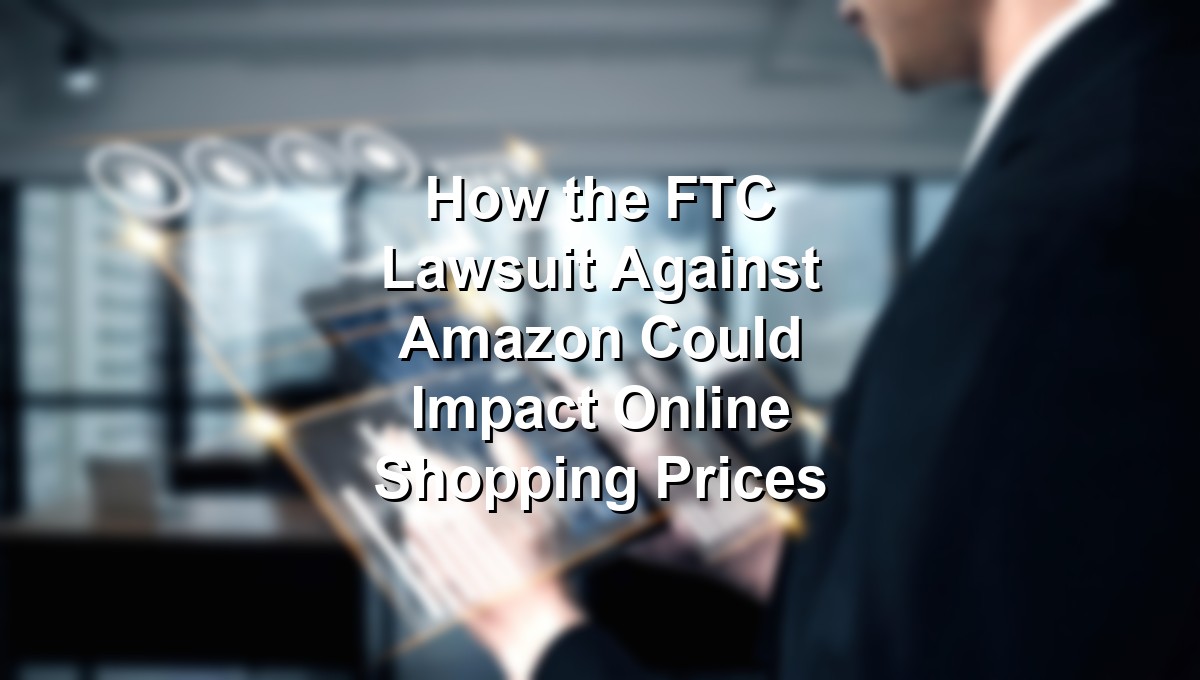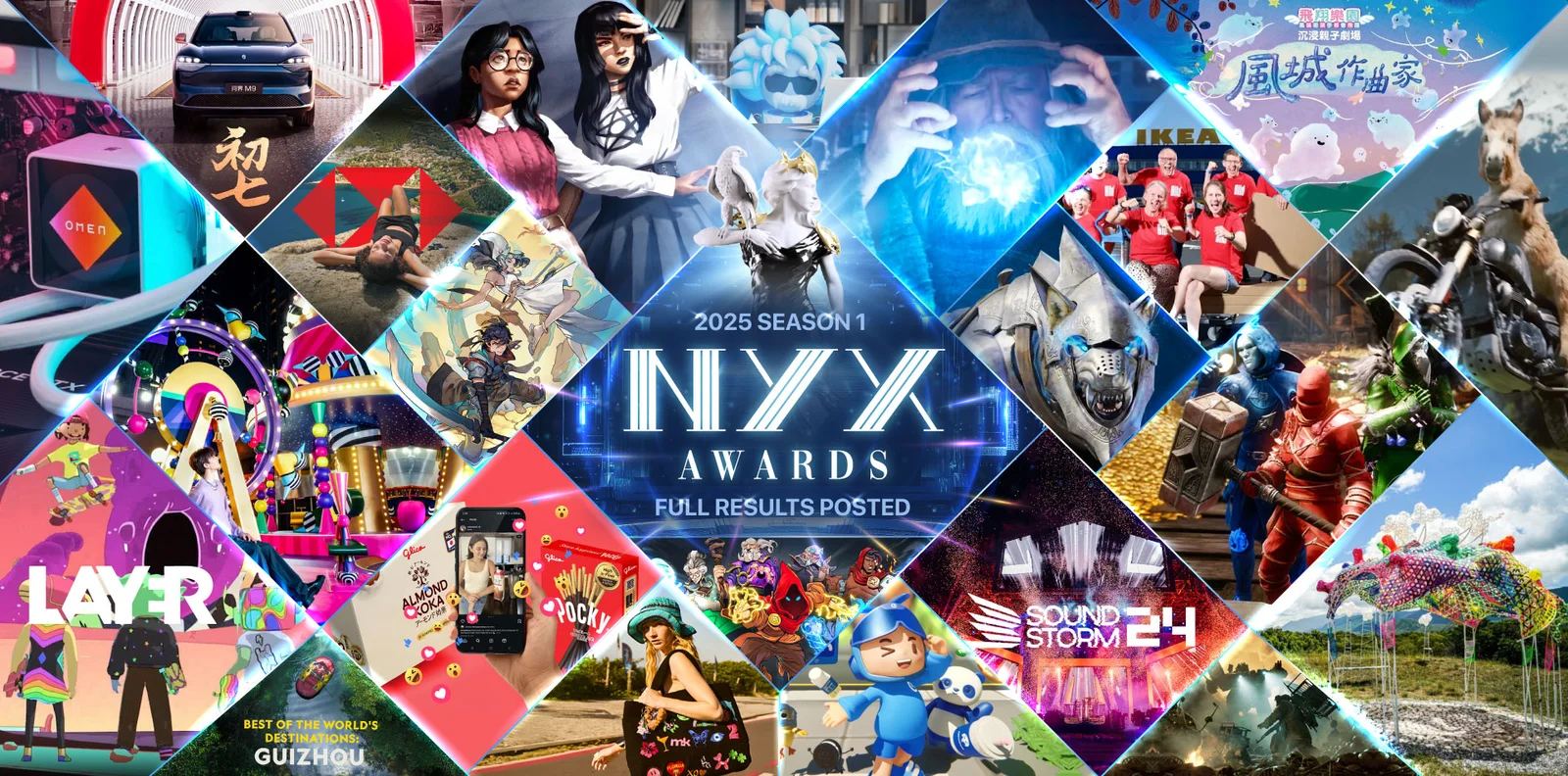
The roads are changing, and if you’ve looked around a busy U.S. city lately, you might’ve spotted something quietly revolutionary: a Tesla, with no visible driver, gliding through traffic. The question on everyone’s mind—how does the Tesla Robotaxi work—has never felt more urgent, especially with 2024’s new advances. This isn’t sci-fi, and it’s not hype: it’s the beginning of an autonomous era that’s about to upend how we move.
Why does this matter now? Tesla’s Robotaxi project is no longer a distant promise. With fleet testing already underway in select regions and regulatory winds shifting, the implications ripple through everything from daily commutes to insurance, data privacy, and the labor market. Let’s break down exactly how the technology ticks, and what the 2024 updates mean for the future.
Context: Why This Matters
Picture this: you’re in a sports bar, and the debate’s raging—not about LeBron or Jordan, but about whether you’d trust a car without a driver. “It’s the future!” someone shouts, waving their phone. Another scoffs: “I want a human at the wheel!”
The tension isn’t just about tech—it’s about trust, safety, jobs, and the rhythm of life as we know it. Some fans see the Robotaxi as the next leap, the “ring” of modern mobility. Others wonder if we’re letting AI take too much control, too fast. Cities wrestle with traffic rules, insurance companies scramble for new models, and data watchdogs eye every line of code.
Like any great NBA debate—talent vs. titles, stats vs. eye test—the Robotaxi stirs passions on all sides. The stakes? Nothing less than how America moves, works, and lives together.
Methodology
To break down how the Tesla Robotaxi works in 2024, we’ve built our list by weighing:
- Core tech (%40): Hardware, AI, and sensor fusion.
- User experience (%20): Hailing, riding, and reliability.
- Regulatory progress (%15): Where it’s legal, tested, and approved.
- Ecosystem impact (%15): On jobs, insurance, urban planning.
- 2024 updates (%10): What’s new, improved, or still in the lab.
We’ve drawn data and analysis from sources like Tesla’s official blog, ESPN’s tech coverage, and deep dives by The Verge. For technical specs and rollout maps, see NHTSA and Bloomberg.
Every feature and moment below is chosen for how it shapes the Robotaxi’s real-world performance—and its larger cultural footprint.
The 10 Breakthroughs Powering Tesla’s Robotaxi Revolution
1. Full Self-Driving (FSD) V12: The Brain Behind the Wheel
It happened quietly in early 2024: a midnight over-the-air update flashed across thousands of Teslas. Suddenly, FSD V12 was live—no more beta, but a neural net handling city streets, roundabouts, and highway merges.
This was the leap. Tesla’s AI mimics human reasoning, using billions of video frames to “learn” real-world driving quirks. Unlike old-school code, it adapts, predicts, and reacts in real time.
A Tesla engineer put it simply: “It’s like teaching a teenager to drive, but the teen never forgets.”
Key facts:
– Neural network trained on 500M+ miles of real-world data
– Handles unprotected left turns, complex intersections
– Runs on Tesla’s Dojo supercomputer platform
Authoritative sources:
– Tesla AI Day Recap
– ESPN: How Tesla’s FSD Changed the Game
🧵 On X
https://x.com/search?q=Tesla%20FSD%20V12&src=typed_query
2. Vision-Only Sensor Suite: No Lidar, No Problem
Remember when self-driving cars needed spinning laser domes? In 2024, Tesla doubles down on vision: eight cameras, ultrasonic sensors, and AI-powered “perception.” No lidar, no radar—just vision, like a human.
A skeptic at a tech conference joked, “What if it blinks?” But Tesla’s cameras process images faster than we do, identifying pedestrians, cyclists, and pets in milliseconds.
Key facts:
– 360-degree camera coverage, night vision enabled
– Uses neural net for object detection, not traditional code
– Tesla dropped radar from new models in 2023
Authoritative sources:
– Tesla’s Vision Explained
– NHTSA on Automated Vehicles
🧵 On X
https://x.com/search?q=Tesla%20vision%20sensor&src=typed_query
3. The Robotaxi App: Hailing Your Ride
The first time you tap “Summon Robotaxi” in the Tesla app, it feels like science fiction. The car navigates city blocks solo, flashes its lights, and unlocks as you approach.
Riders can set preferences (music, temperature), track routes, and share live ETA. As one early user posted: “It’s like Uber, but the driver’s a ghost.”
Key facts:
– Integrated with Tesla app; seamless payment and ride history
– Dynamic routing based on traffic and ride demand
– Optional “privacy mode” for anonymous trips
Authoritative sources:
– Tesla App Features
– The Verge: Tesla Robotaxi Experience
🧵 On X
https://x.com/search?q=Tesla%20Robotaxi%20app&src=typed_query
4. Custom-Built Interiors: Designed for Autonomy
Step inside, and you’ll notice the difference: no steering wheel, no pedals, just wraparound screens and lounge seating. The 2024 Robotaxi prototype ditches driver controls for pure passenger comfort.
A designer described it: “It’s a living room on wheels.” Every seat is first-class, with voice controls and real-time navigation.
Key facts:
– No traditional driver’s seat or controls
– Touchscreen command center, ambient lighting
– Modular seating for solo or group rides
Authoritative sources:
– Tesla’s Robotaxi Interior Reveal
– Bloomberg: Inside the Tesla Robotaxi
🧵 On X
https://x.com/search?q=Tesla%20Robotaxi%20interior&src=typed_query
5. Smart Fleet Management: The Always-On Taxi
Tesla’s fleet software orchestrates thousands of Robotaxis, routing them by demand, charging needs, and even weather. When demand spikes after a concert, cars appear in minutes.
A fleet manager in Austin joked, “We’re like air traffic control for cars.”
Key facts:
– Centralized dispatch powered by AI
– Predictive maintenance and auto-charging
– Dynamic pricing during peak hours
Authoritative sources:
– Tesla Fleet Management
– The Verge: Robotaxi Rollout
🧵 On X
https://x.com/search?q=Tesla%20Robotaxi%20fleet&src=typed_query
6. Charging Autonomy: Robots That Fuel Themselves
No more plugging in. Tesla’s Robotaxi charges itself using automated Supercharger docks, with robotic arms that connect and disconnect. Cars schedule their own charging when idle.
A regular joked, “It leaves for a snack and comes back.”
Key facts:
– Automated Supercharger stations in all major Robotaxi cities
– Smart scheduling to avoid grid congestion
– Wireless charging in select pilot programs
Authoritative sources:
– Tesla Supercharging
– Bloomberg: Robotaxi Charging
🧵 On X
https://x.com/search?q=Tesla%20Robotaxi%20charging&src=typed_query
7. Safety and Redundancy: Triple-Check Everything
After a string of headline-grabbing accidents in early autonomy, Tesla doubled down on safety. The Robotaxi has redundant braking, steering, and power systems—if one fails, backups kick in.
A safety engineer said, “It’s built to survive the unexpected.”
Key facts:
– Triple-redundant critical systems
– Real-time monitoring from Tesla’s command centers
– Automatic emergency pull-over if system error detected
Authoritative sources:
– NHTSA Safety Guidelines
– Tesla Safety Report
🧵 On X
https://x.com/search?q=Tesla%20Robotaxi%20safety&src=typed_query
8. Regulatory Wins and Pilot Cities
It wasn’t easy. Years of wrangling with city councils and federal agencies paid off in 2024, as Robotaxi pilots went live in Austin, Miami, and parts of California.
A city planner in Miami said, “We’re rewriting the rules for a driverless world.”
Key facts:
– Live Robotaxi fleets in 5 U.S. cities as of June 2024
– Compliance with new NHTSA “Level 4” autonomy rules
– Community input on routes and safety zones
Authoritative sources:
– NHTSA Automated Driving
– Bloomberg: Regulatory Updates
🧵 On X
https://x.com/search?q=Tesla%20Robotaxi%20regulation&src=typed_query
9. Data Privacy and Security Layers
With cameras and microphones everywhere, privacy is a flashpoint. Tesla encrypts ride data, offers “incognito mode,” and lets users review or delete trip logs.
A privacy advocate noted, “It’s a moving data center—protections matter.”
Key facts:
– End-to-end encryption of ride and camera data
– User controls for data sharing and trip deletion
– Regular third-party security audits
Authoritative sources:
– Tesla Privacy Policy
– The Verge: Robotaxi Data Security
🧵 On X
https://x.com/search?q=Tesla%20Robotaxi%20privacy&src=typed_query
10. Economic Impact: Disrupting the Gig Economy
Maybe the most controversial change: Robotaxis mean fewer human drivers. Uber and Lyft are watching closely as Tesla’s fleet grows, unions lobby for new protections, and cities eye lost taxi revenue.
A former rideshare driver said, “It’s bittersweet—the future’s here, but where do we fit?”
Key facts:
– Projected to reduce personal car ownership in pilot cities by 15% by 2026
– New jobs in fleet management, maintenance, and AI oversight
– Ongoing debates over labor displacement and city revenues
Authoritative sources:
– Bloomberg: Robotaxi Economics
– NHTSA on Mobility Impact
🧵 On X
https://x.com/search?q=Tesla%20Robotaxi%20economy&src=typed_query
Final Thoughts / What Comes Next
The Tesla Robotaxi isn’t just a car—it’s a preview of how cities, jobs, and daily life will evolve. Autonomous vehicles challenge old assumptions: Who’s responsible in a crash? How do you insure an AI? And who gets to decide when a car is “safe enough”?
With 2024’s leaps in AI, vision tech, and regulatory green lights, the race is on. GM’s Cruise, Waymo, and Chinese rivals are close behind, each betting that their flavor of autonomy will win hearts (and wallets).
For now, the biggest questions swirl around scale and trust. Will Americans embrace a driverless future? Can regulations keep pace with code? And will cities adapt—or resist—the next wave of mobility?
One thing’s certain: the debate is just getting started, and the road ahead is wide open.



